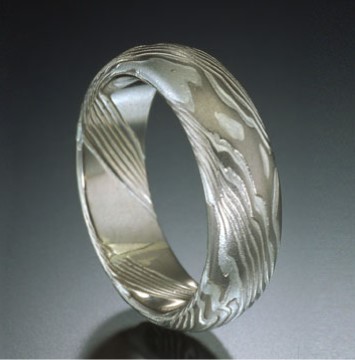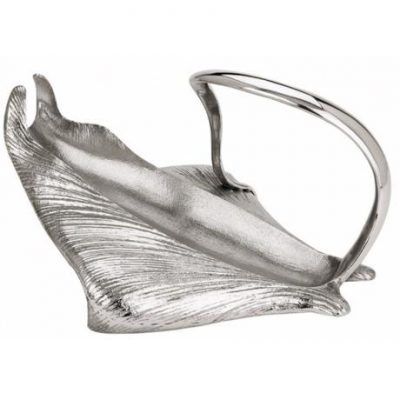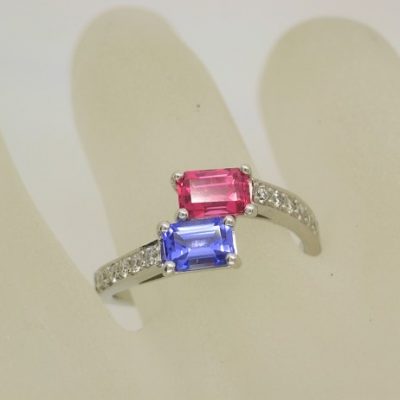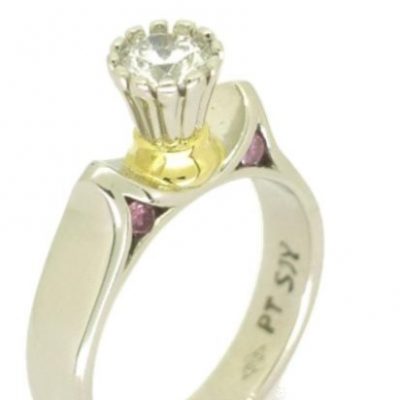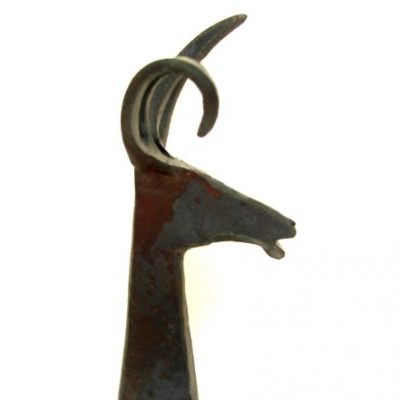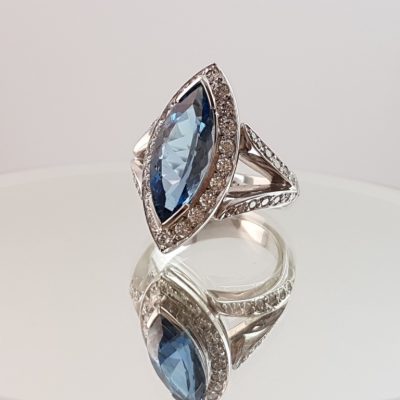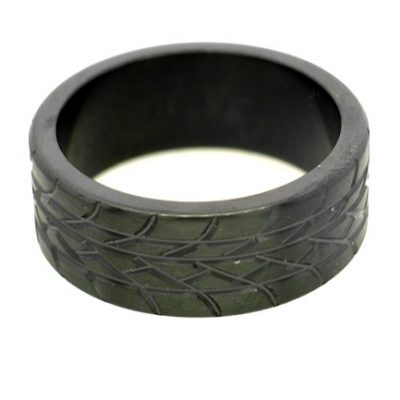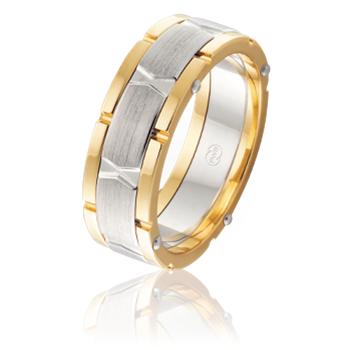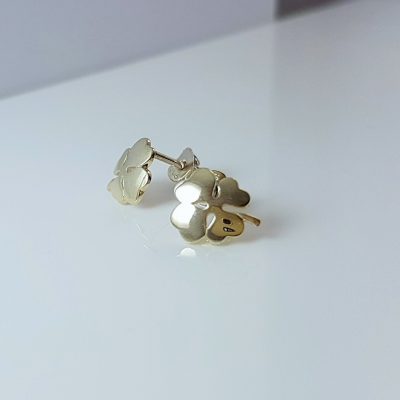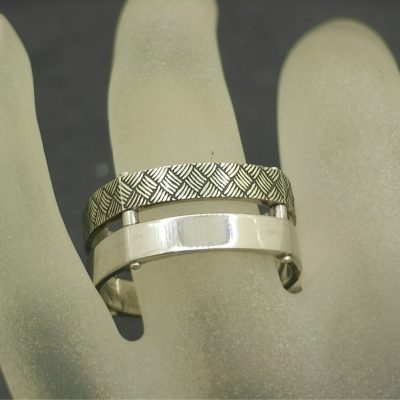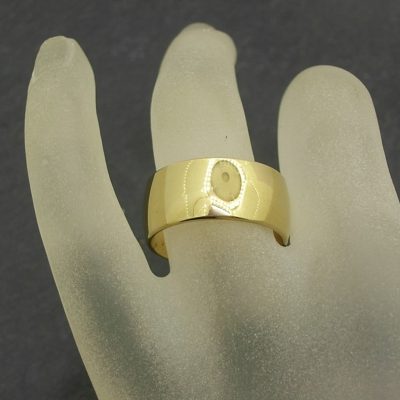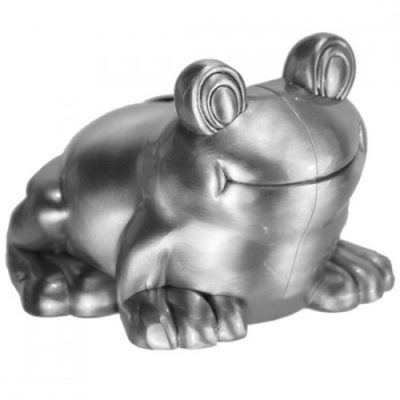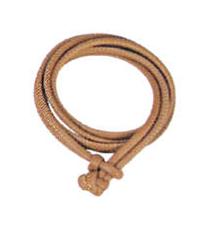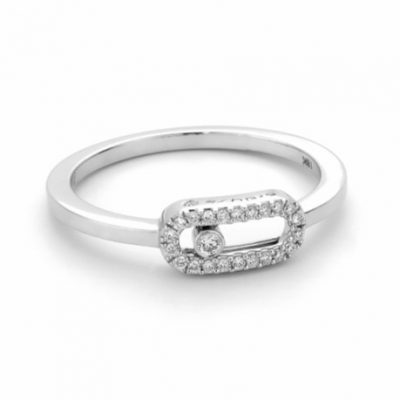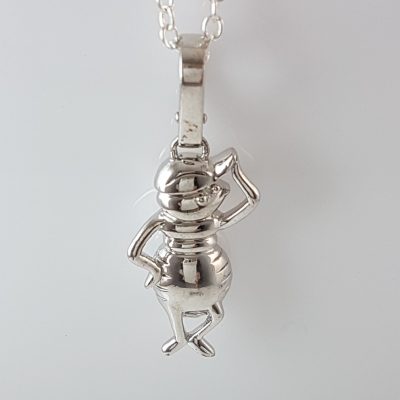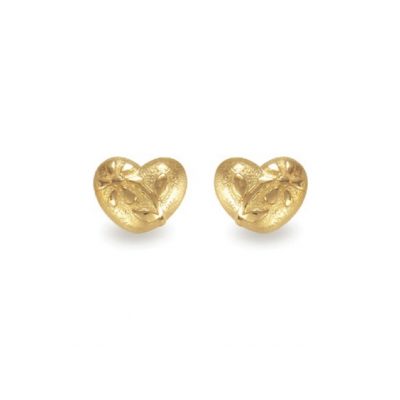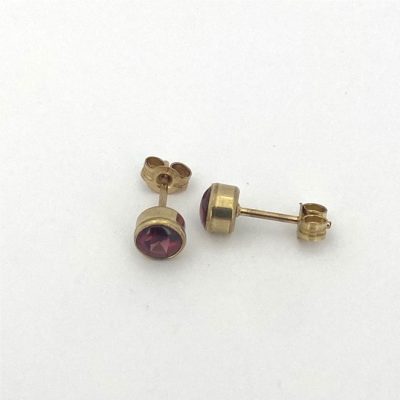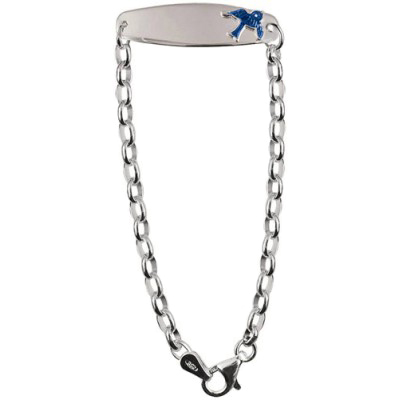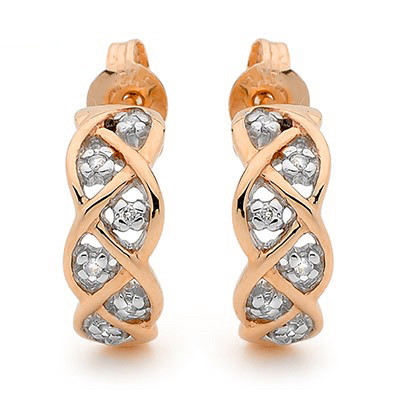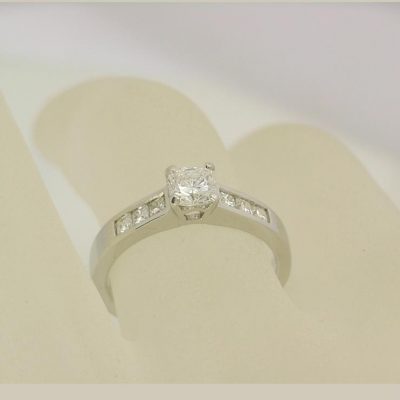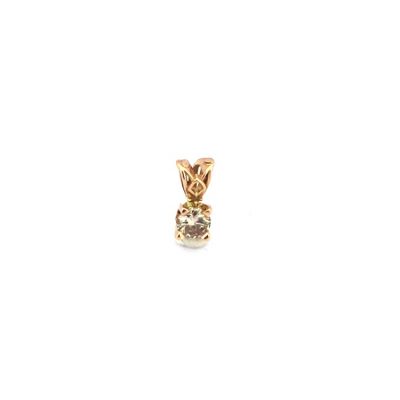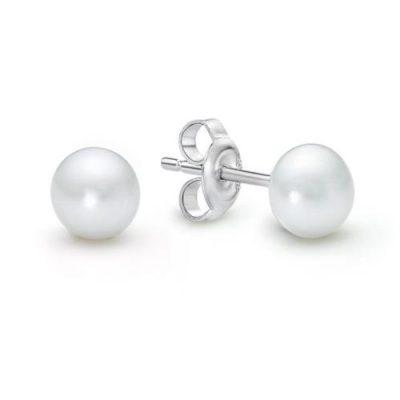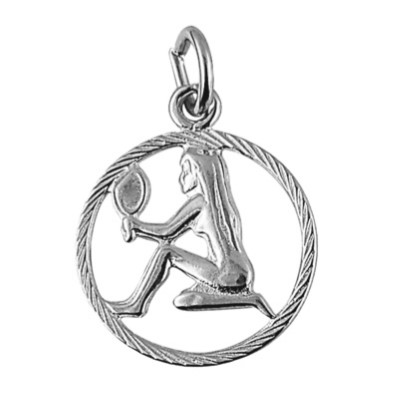Gold is the accepted token for 50 th wedding anniversaries.
It is no surprise that gold symbolizes wealth used wisely, but it is also the symbol of good health. People who favor the colour gold are optimistic. The Tibetan Buddhist believes in 5 sacred stones: the crystal for light, turquoise for infinity of sea and sky, coral for life and form, gold for the golden ray of the sun, silver for the light of the moon. Gold is intimately linked with Divinity and those gods associated with the Sun. It symbolizes wealth and success in many cultures modern & historic it is used in fashion & industry it is a beautiful metal.
Put some gold in your life when you want: ·increased personal power, relaxation and enjoyment of life, good health success Wearing gold in everyday life increases personal power, and promotes courage, confidence and willpower. Gold chains worn around the neck preserve health.
Yellow Gold
Gold has been a universal symbol of wealth and has been highly sought after since the beginning of recorded history. Gold is found in many forms, from alluvial to nuggets and in ore where many tonnes can yield only a few ounces.
Pure Gold is rich yellow in colour and is far too soft and malleable to be used in jewellery, so fine gold is mixed or alloyed with other metals to give it strength and durability. Alloying Gold creates a vast spectrum of colours and carats, carat being the scale of purity of Gold Alloys, the higher the carat, the higher the gold content. For example, 18ct Gold contains 75% pure gold by weight and 9ct Gold contains 37.5% pure gold by weight.
Gold lasts forever and will not rust, tarnish or corrode. It is an everlasting and treasured precious metal that has withstood the test of time.
White Gold
In the 1920’s White Gold was created by mixing fine Yellow Gold with other precious white metals like Platinum, Palladium and Silver. White Gold’s popularity grew over the decades as it became known as a less expensive alternative to Platinum, but still possesses its own distinctive white hue and characteristics.
The colour of White Gold can vary depending on the alloy formula used, so in order to create consistent brightness, white golds are usually rhodium plated
Pink Gold
Pink Gold found its status in fashionable early European society in the nineteenth century, being worn to adorn large gemstones, and to mix with other hues of precious gold. The Pink Gold alloy utilises the rich yellow of Gold and the reddish hue of Copper to produce its warm pink and rose tones.
other coloured golds can be created using different alloying metals
grey, green, purple, blue
Properties
Gold is a chemical element with the symbol Au and atomic number 79. It is a dense, soft, malleable and ductile metal with a bright yellow color and luster, the properties of which remain without tarnishing when exposed to air or water. Chemically, gold is a transition metal and a group 11 element. It is one of the least reactive chemical elements, and is solid under standard conditions. The metal therefore occurs often in free elemental (native) form, as nuggets or grains, in rocks, in veins and in alluvial deposits. Less commonly, it occurs in minerals as gold compounds, such as with tellurium as calaverite, sylvanite, or krennerite.
Gold resists attacks by individual acids, but it can be dissolved by aqua regia (nitro-hydrochloric acid), so named because it dissolves gold. Gold also dissolves in alkaline solutions of cyanide, which have been used in mining. It dissolves in mercury, forming amalgam alloys; it is insoluble in nitric acid, which dissolves silver and base metals, a property that has long been used to confirm the presence of gold in items, giving rise to the term acid test.
This metal has been a valuable and highly sought-after precious metal for coinage, jewelry, and other arts since long before the beginning of recorded history. In the past, the Gold standard has been implemented as a monetary policy, but it was widely supplanted by fiat currency starting in the 1930s. The last gold certificate and gold coin currencies were issued in the U.S. in 1932. In Europe, most countries left the gold standard with the start of World War I in 1914 and, with huge war debts, did not return to gold as a medium of exchange. The value of gold is rooted in its medium rarity, easily handling, easy smelting, non-corrosiveness, distinct colour and non-reactiveness to other elements; qualities most other metals lack.
A total of 174,100 tonnes of gold have been mined in human history, according to GFMS as of 2012. This is roughly equivalent to 5.6 billion troy ounces or, in terms of volume, about 9261 m3, or a cube 21.0 m on a side. The world consumption of new gold produced is about 50% in jewelry, 40% in investments, and 10% in industry.
Besides its widespread monetary and symbolic functions, gold has many practical uses in dentistry, electronics, and other fields. Its high malleability, ductility, resistance to corrosion and most other chemical reactions, and conductivity of electricity have led to many uses, including electric wiring, colored-glass production, and gold leafing.
Most of the Earth’s gold probably lies at its core, the metal’s high density having made it sink there in the planet’s youth. Virtually all discovered gold is considered to have been deposited later by meteorites that contained the element.
Yellow Gold
Gold has been a universal symbol of wealth and has been highly sought after since the beginning of recorded history. Gold is found in many forms, from alluvial to nuggets and in ore where many tonnes can yield only a few ounces.
Pure Gold is rich yellow in colour and is far too soft and malleable to be used in jewellery, so fine gold is mixed or alloyed with other metals to give it strength and durability. Alloying Gold creates a vast spectrum of colours and carats, carat being the scale of purity of Gold Alloys, the higher the carat, the higher the gold content. For example, 18ct Gold contains 75% pure gold by weight and 9ct Gold contains 37.5% pure gold by weight.
Gold lasts forever and will not rust, tarnish or corrode. It is an everlasting and treasured precious metal that has withstood the test of time.
– See more at: http://www.pwbeck.com.au/our_precious_metals/Yellow_Gold#sthash.EE24hQ5M.dpuf

